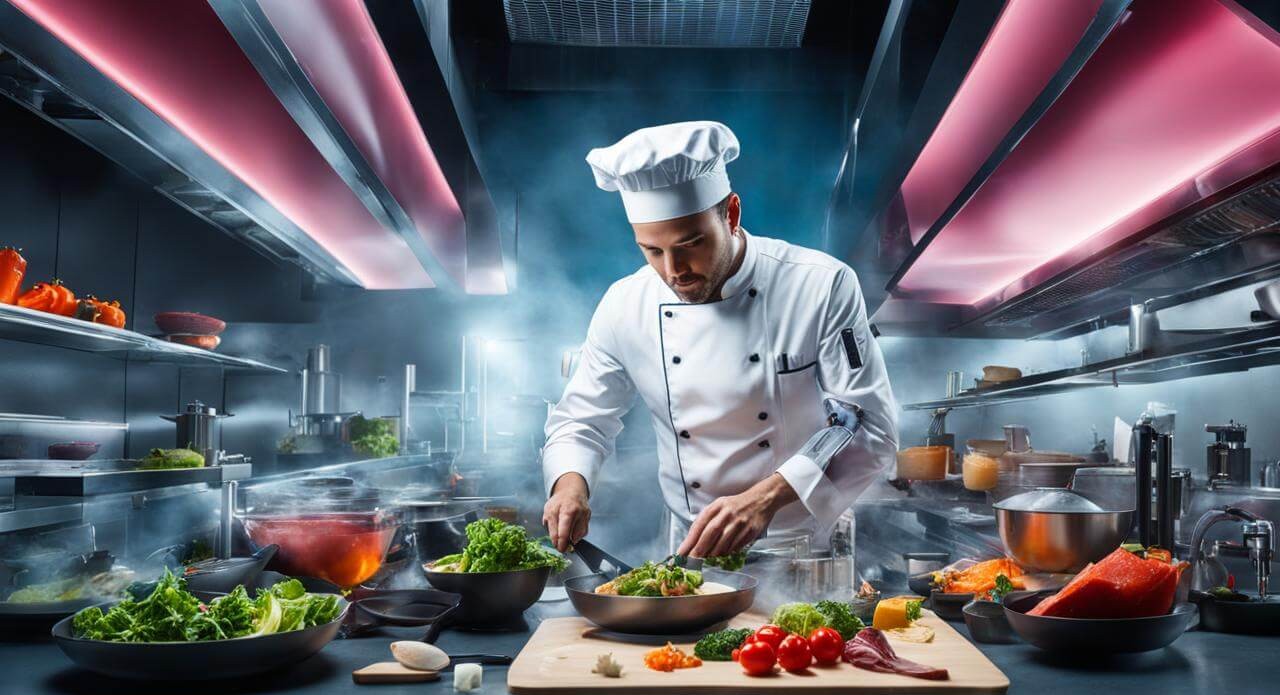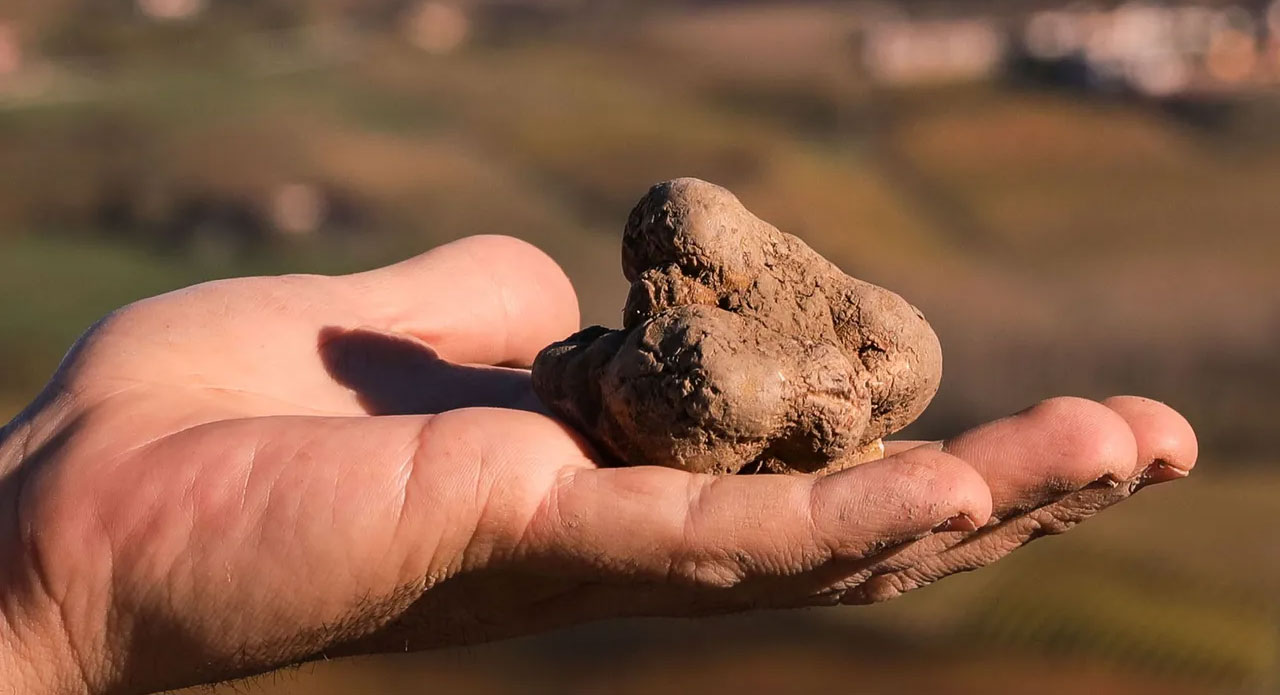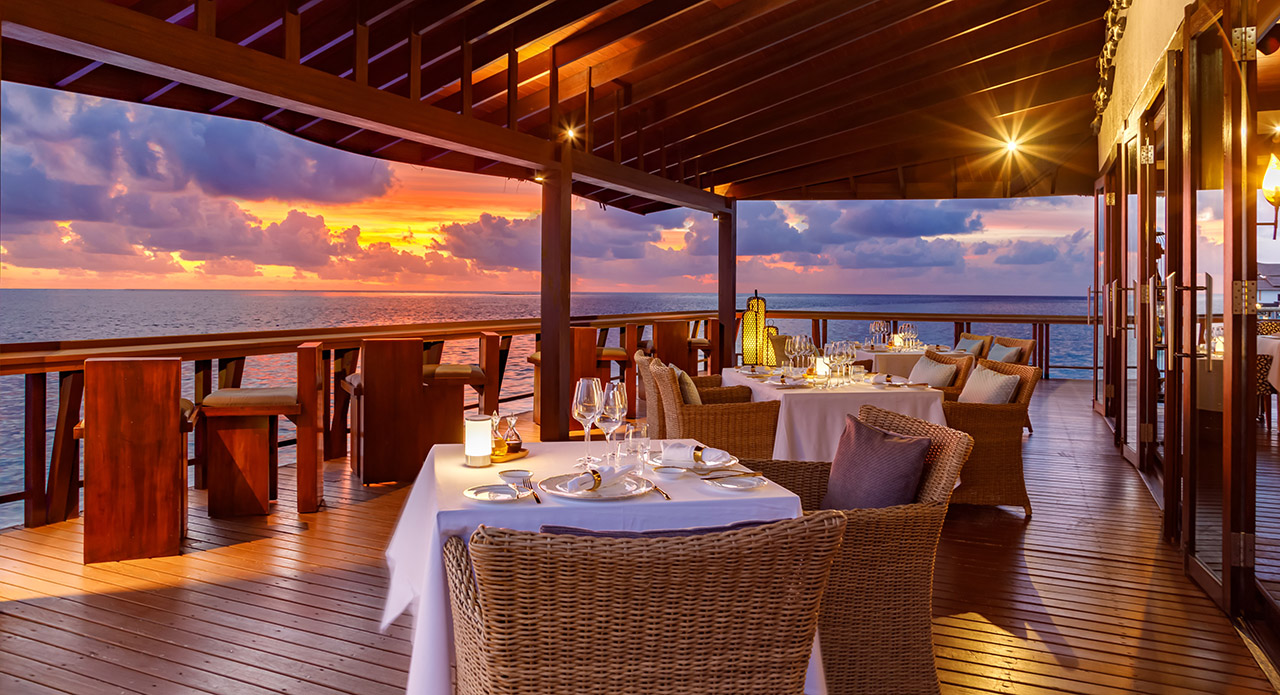The ancient Silk Route was not just a legendary pathway. It was where some of the world’s most luxurious commodities from silk, gold, spices to porcelain, ivory and fine textiles, were exchanged in Eurasia. But beyond the luxurious goods, what made the ancient Silk Route even more fabled is the stories it carried in poems of the poets, ideas of the philosophers, spices of the merchants, and knowledge of the oral historians.
Bringing such a treasure trove of stories along the Silk Route, the newly opened fine dining Silq, opens in Delhi’s diplomatic enclave, Malcha Marg. We stepped inside this plush new dine-in that is serving delicacies from Hindustan, Persia, Levantine to Samarkand and Mediterranean.
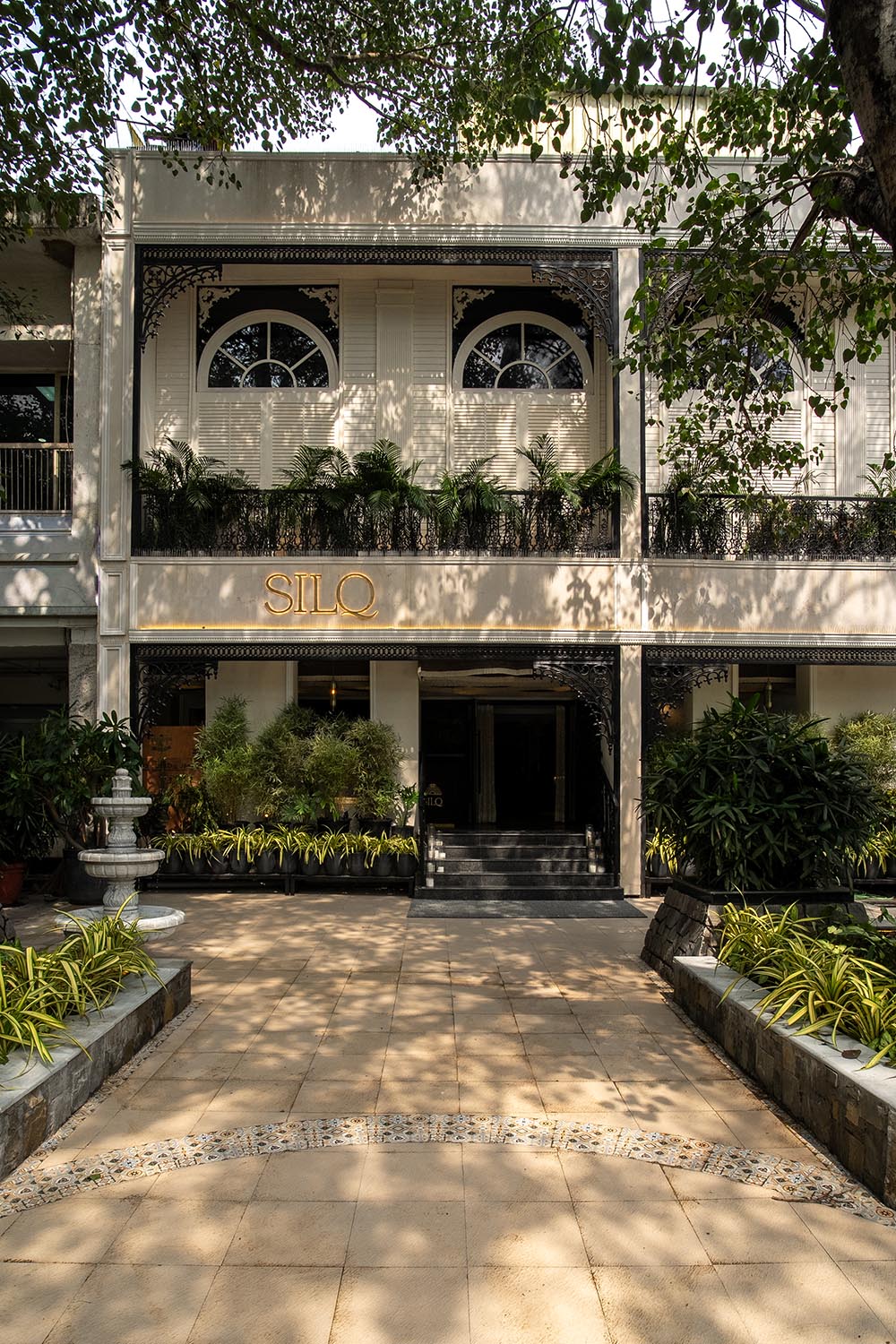
Six Sacred Rituals
As we enter, a sensorial journey unfolds with Samskara, a Sanskrit concept rooted in deep intention. We are guided through a sequence of six ceremonies to evoke each of our senses. It started with Ruth-e-Itr, where we are welcomed with Silq’s signature oud applied to our wrist. Its sensuous sandalwood fragrance travelled in our memory, immediately calming us. Then came the visual treat where the double flooried-white palatial restaurant was dressed up in a colour palette borrowing from spice markets and royal courts — think muted roses, deep saffrons, and the rich patina of copper on upholstery. Hand-painted miniature paintings from the Mughal era, along with brass and copperware ware added to the regal charm.

Soon, the ritual of Ida followed, where soft melodies of live music played on classical instruments provided the perfect way to have richer conversations on the table in a soothing ambience. Up next was Tajalli, a divine Arabic ritual marking the beginning of our meal under the glow of dim lights. As we scoured the menu, Ushpa, a sweet rose infused water arrives, awakening our palette.
“We live in times where dining has become merely transactional,” says Sagar Kumar, Founder of Silq, on the little luxe rituals that make the restaurant stand out for experiential luxury. “At Silq, we’re returning to what hospitality once meant, a sacred offering of presence, care, and cultural memory. Every guest who enters becomes the recipient of an amanat, something precious entrusted to our care. They leave carrying not just satisfaction, but a feeling of having been part of something intimate, meaningful, and transformative,” he says as we brace ourselves to finally dive into Silk Route’s culinary heritage.

Elixirs of travellers
We first checked out Silq’s signature cocktail menu. Each drink with its ingredients was a nod to the ancient caravans that once crossed deserts and seas to keep trade alive — from the Pistachio Negroni crafted from roasted Persian pistachios, to the sweet Rasmalai vodka cocktail infused with khus roots, saffron, and rose petals often traded on the legendary route. While Bazaar-e-Kanji is one of the best-selling cocktails, relished for its tangy fermented blend, it was the gold-rich Sunaar Ras that piqued our curiosity.
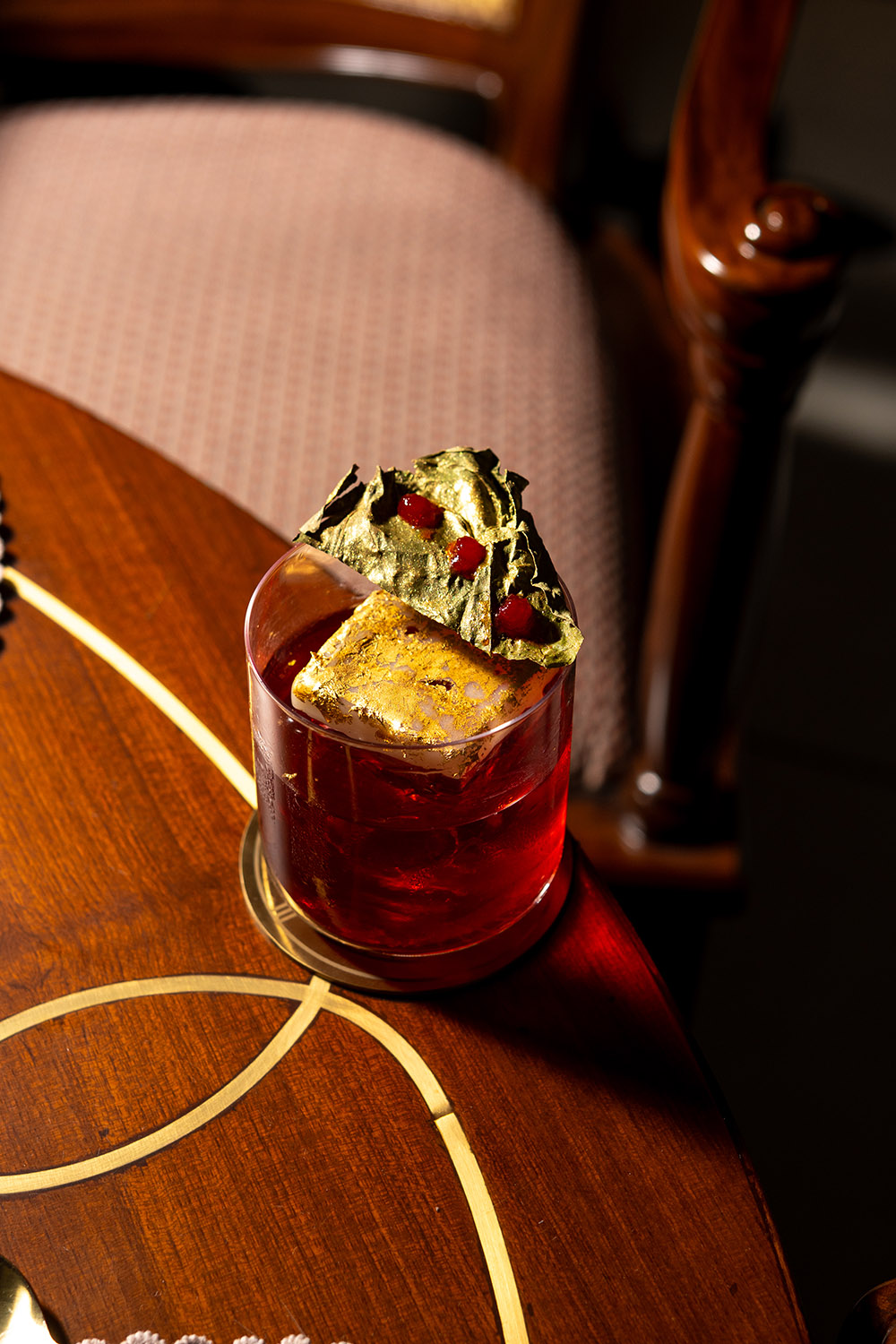
Infused with saffron, rosewater, betelnut and crowned with gold on a dried pan, this sweet-bitter cocktail was a heady start before the meal! It chronicled how luxe ingredients were highly valued and traded because of their usage in royal court kitchens, dye techniques, perfumery and medicine. Their Oolong Espresso infused with grated nutmeg reminded us how this spice was even more expensive and worthier than gold on the Silk Route!
Enter Dastarkhān
As we sipped on the Persian Dastarkhwan-like setting, a gaze at their food menu felt like a reflection on how culinary traditions shaped identity, migration, and royalty along the 4000 miles stretch of the route. Take, for instance, Silq’s fragrant velvety Shorbas. The lentil soup is served with tender meats, taking cue from the rich winter broths that travelled from Persia to other parts of the world, including India. For salad lovers, there are many options coming straight from the Eastern Mediterranean’s Levantine region, ranging from Tabouleh, Fattoush, to Bagh-e-Bahar.

However, we skipped salads and soup and headed straight for the appetising kebabs. The Jhinga Kunafe arrived with mustard-spiced shrimps wrapped in Kataifi’s (finely shredded phyllo dough mostly used in Middle Eastern and Mediterranean cuisines). Crispy on the outside with succulent shrimp inside, it instantly appealed to our seafood loving soul. On cue arrived their Murg Zikkim Kebab with its charred flavour. Rolled over Sumac — a heady Middle Eastern Spice and potli masala used in Indian kitchens, it was a hearty dish paired awesomely with mint chutney and onion rings.
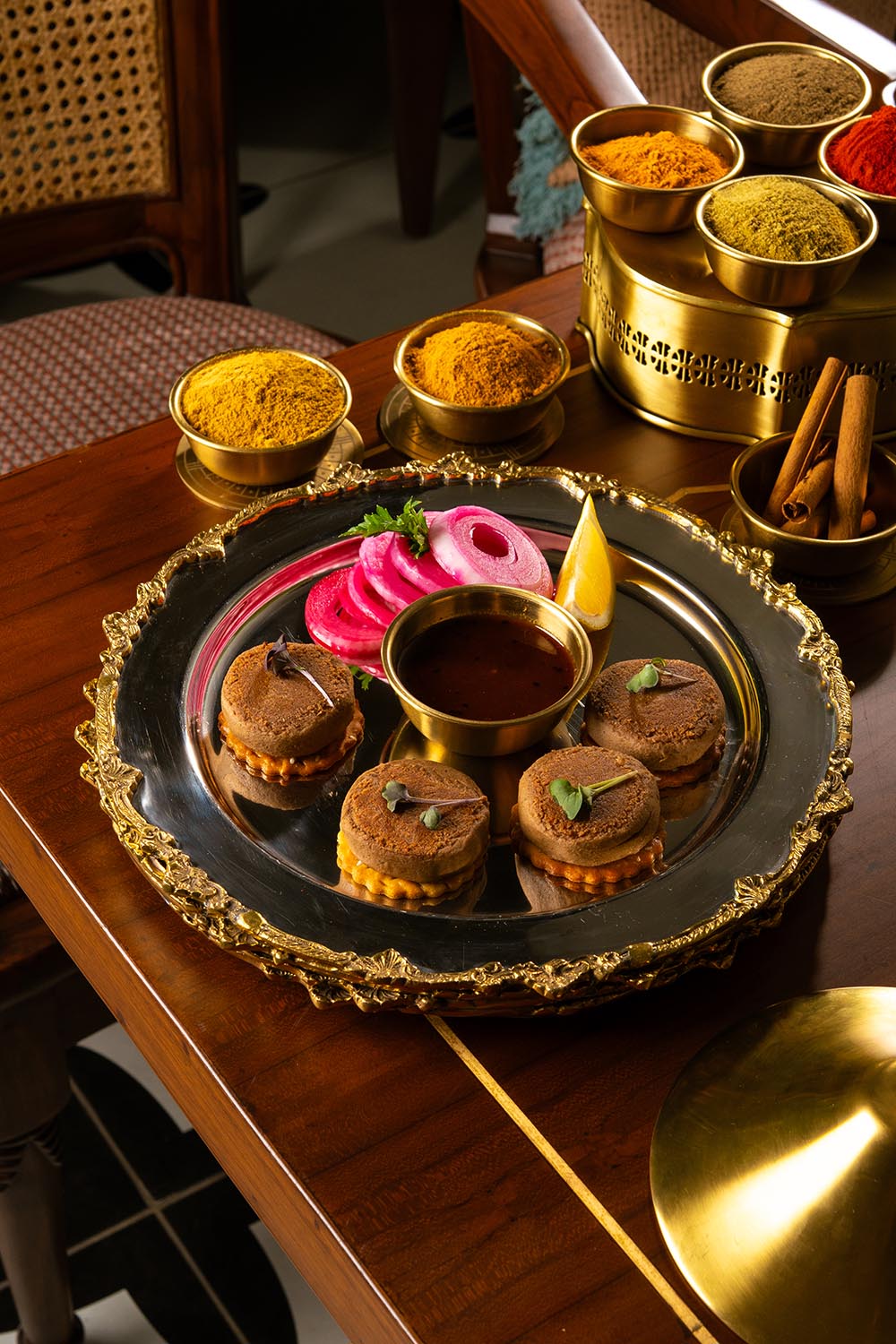
We wanted to keep some space for the mains and without adieu tried the Silq Nihari with soft khameeri roti. The turmeric laced slow cooked meat tasted like royalty on a plate with its saffron infused rich curry and fell-off-the-bone mutton. However, the star dish was Dal Silq. Its slow-cooked black lentils and tomatoes simmered overnight in tandoor had a mouth melting buttery texture, making it a complete stand out. The menu also had a rich stock of Biriyanis cooked on dum, but we wanted the aftertaste of Dal Silk to linger a little more.
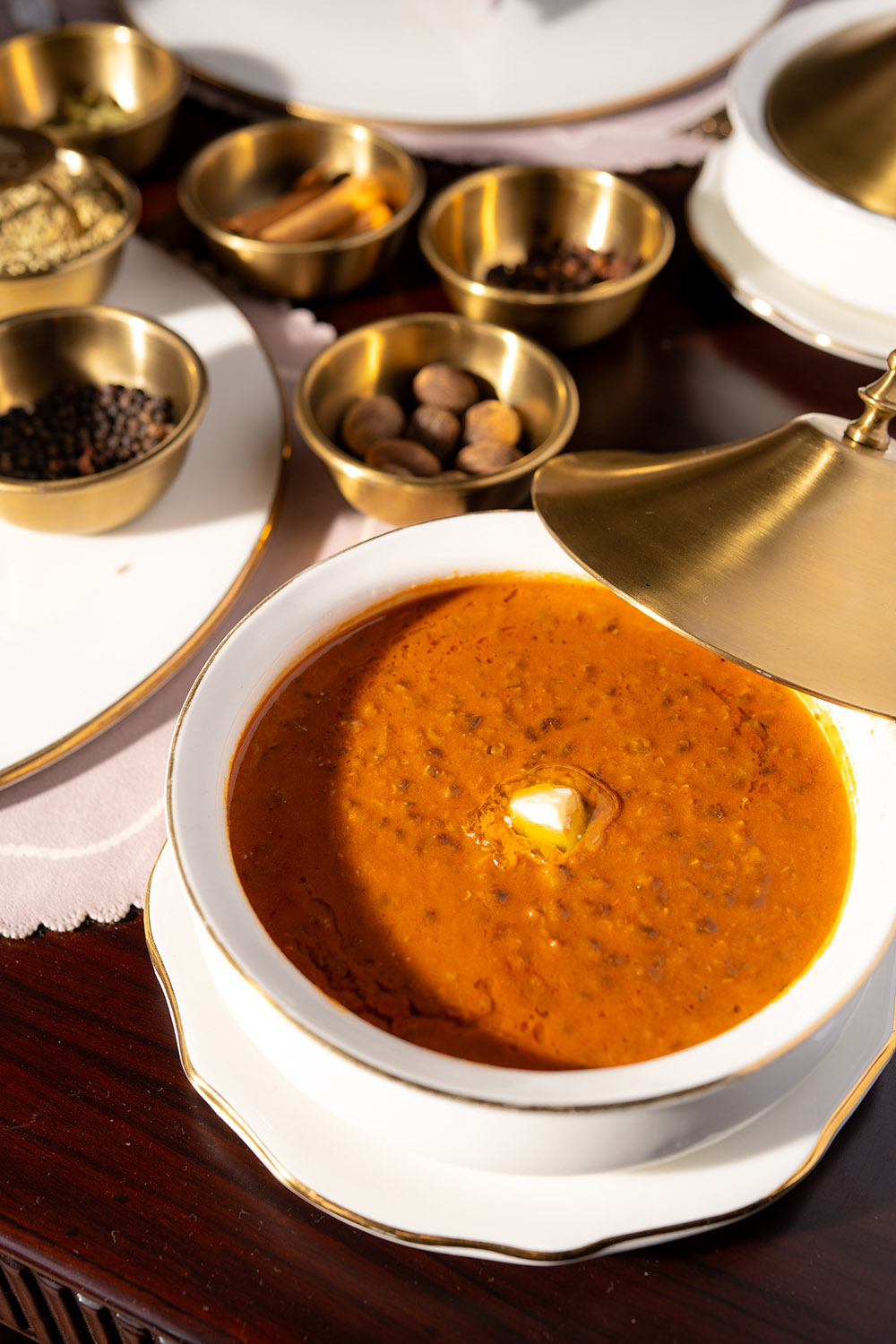
For the finale, we checked their dessert menu that had delights like the pistachio laden Baklava of Turkey, to Shahi Tukda and frosty Kulfa from the Mughal Empire. However, our heart went out for the decadent Malai Phirni where creamy grounded rice infused with gulab arc and silver work got us into a food coma! It wasn’t too sweet and yet very delightful, making it a must recommend to end the meal with lutf — the final of the six sacred rituals.




